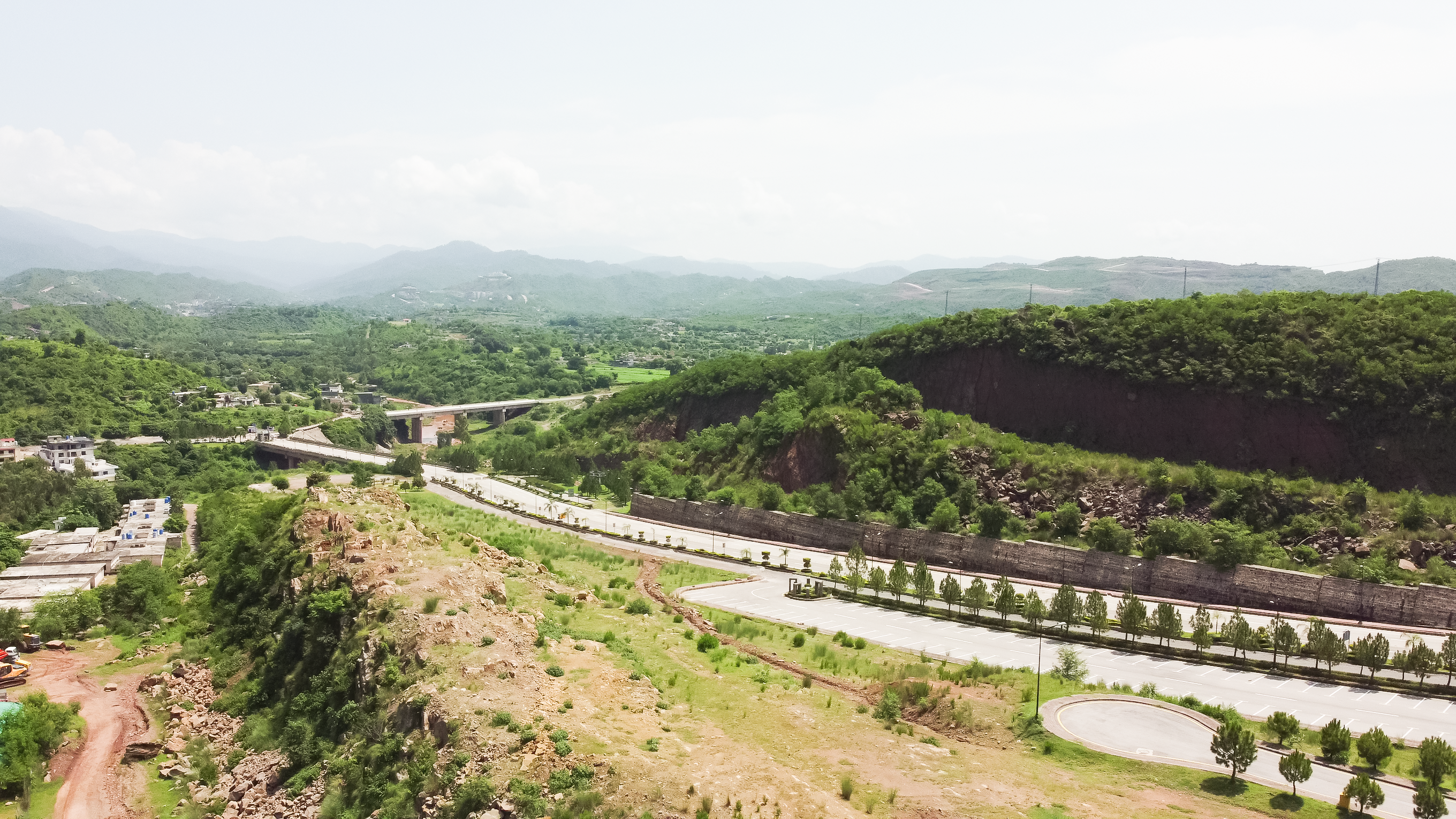Pakistan’s property sector is starting to stand out in a world where traditional real estate markets are facing challenges. Investors who have long looked to places like the UK and Dubai are now beginning to explore Pakistan, not just for affordability, but for growth potential backed by real economic shifts. According to the Asian Development Bank, Pakistan’s GDP is projected to grow by 2.5% in FY2025 and 3% in FY2026, supported by policy reforms, falling inflation, and rising private sector investment.
At One Homes, we’ve seen this change unfold on the ground. We’re building developments in Lahore and Islamabad, not just for lifestyle, but to help overseas Pakistanis capitalise on an emerging market that offers dollar-linked rental income, strong appreciation, and long-term value. In contrast to saturated markets abroad, Pakistan is offering a clearer path to return on investment.
Structural Reforms Strengthen Investor Confidence
The ADB notes a rebound in private sector investment. This is tied to perceptions of greater stability and better governance. As Pakistan’s economy becomes more structured, businesses are better able to plan, operate, and expand.
The foreign exchange market is also more stable, inflation is falling, and monetary policy has eased. These changes are making financial decisions simpler for businesses and households alike.
In this climate, One Homes is building developments in Lahore and Islamabad that give overseas Pakistanis a direct way to take part in this growth. Our properties are designed not just as vacation homes, but as income-generating assets in a fast-growing market. With dollar-linked rental returns, strong capital appreciation, and a lifestyle unmatched in Pakistan, our communities offer clarity and opportunity for overseas buyers.
The UK and Dubai: High Entry Costs, Uncertain Gains
For years, the UK and Dubai have been seen as safe havens for property investment. But rising costs and market pressures are beginning to limit returns. In the UK, average house prices remain above £280,000, while rental yields in cities like London average around 4%. Add to that higher interest rates (currently 5.25% as of March 2025) and stricter landlord taxes, and many investors are seeing margins shrink. The Bank of England has also warned of a potential slowdown in the housing market due to affordability issues and tighter credit.
Dubai has posted strong growth in recent years. However, now the market is cooling down. There has been a drop of 34% recorded by the Dubai Land Department in residential sales volume in Q1 2025 compared to the previous quarter. This is raising concerns of oversupply. Even the 6-7% returns investors get come with high service charges, strict regulation, and market saturation in certain districts.
Pakistan: Lower Entry, Rising Returns
By contrast, Pakistan offers a much lower cost of entry. A luxury apartment in a prime location in Islamabad or Lahore can start as low as USD 50,000–75,000, a fraction of what investors would pay in London or Dubai. Yet capital growth is catching up fast.
According to Pakistan’s Zameen.com Property Index, residential property prices in Lahore and Islamabad rose by 8–12% year-on-year in 2024. The government is also actively encouraging foreign investment in real estate, with reforms that improve transparency, tax clarity, and ease of transaction.
The sector itself is growing rapidly. Pakistan’s real estate market is projected to hit US$1.33 trillion by the end of 2025, according to Statista. That figure represents a massive opportunity in a market still at the early stages of formal development.
A Market Built on Real Demand
Pakistan’s property sector is driven by real end-user demand, not speculation. With a population of over 240 million, more than 60% under the age of 30, and a shortage of over 10 million housing units, the fundamentals are strong. As inflation falls—projected at 6% in FY2025 and 5.8% in FY2026, per the ADB—buying power will increase.
Remittance inflows also remain solid, crossing USD 27 billion in 2024, according to the State Bank of Pakistan, further fuelling real estate transactions. Moreover, the deep emotional connection overseas Pakistanis have with their homeland and their desire to stay rooted to it continue to be a powerful driver of real estate demand.
What This Means for Overseas Investors
For overseas Pakistanis, the choice between mature but pressured markets and high-growth emerging ones is becoming clearer. Pakistan offers a rare mix: low-cost entry, rising demand, macroeconomic improvement, and new policy reforms. The UK and Dubai may still offer stability, but the upside in Pakistan is hard to ignore.
At One Homes, we are building for this future. Our developments are designed to help overseas Pakistanis take part in Pakistan’s next chapter—whether that’s through a holiday home, portfolio diversification, or an income-generating property. With dollar-linked rental returns, high-quality construction, and prime locations in Lahore and Islamabad, we’re creating homes that offer more than lifestyle—they offer smart growth in a market on the rise.
Recent News



